The article below was published at the end of 2021 in a local West London newspaper.
Do you want to play the fastest racquet sport on this planet? Do you want to hit the shuttle that can reach the speed of as fast as 200 miles per hour? Do you want to be part of the world’s second most played sport in the world? Then Badminton is the sport for you.
Let us start with some interesting trivia: The shuttlecock is made from the feathers of the left-wing of a goose. Each shuttle has 16 feathers weighing just about 5 grams! However, if hit properly it can travel to phenomenal speeds. The name badminton came from an estate called Badminton House in Gloucestershire, England.
Now the more interesting part: Badminton is a fun game as well as a wonderful sport that provides an all round exercise. As you move further from the fun element and start involving a bit keenly, it gets even more interesting. It is not just hitting the shuttle from one end to the other. It is about scoring a point, then winning the game, then winning the match, and then winning the tournament! How do you do it i.e., win the point? Surely you cannot do so just by hitting at the place where your opponent is already standing – isn’t it? Thus, come into picture court awareness, peripheral vision, reading of the game and that of your opponent. Then comes gauging the strong and weak points of your opponent, whether s/he plays with a left or right hand, whether his/ her backhand is strong or weak. That’s when it’s singles. What happens when you play doubles? Of course, a lot of dynamics come into the picture i.e., instead of one opponent you have two, and you have got your partner with you. You've got to know the strengths and weaknesses of not only the other three players on the court but also how they play as a team. In short, there are many things that you have to factor in before you hit the shuttle back to win a point. And all this has to be done within seconds and believe me – your brain is indeed capable of doing much more and much faster than this. It just needs appropriate training to do so. Once you start playing more often and get control of your strokes, you can start training your body and brain to place the shuttle in a place where the opponent may not be able to reach easily. You may get the shuttle back but it will be a weak return in which your opponent opens up the whole court and then you can go for that easy shot and win it. Of course, the same thought process is going on in your opponent’s mind and s/he is figuring out your weak points too. Some get it normally whereas others gain it through training and of course with a lot of practice. If you decide to play competitively, then Badminton England has got an amazing tiered system to progress through different rungs. For example, it has got “All Age Group National Championships” and covers entries for under 11s, U13s, U15s, U17s, and U19s. Winning these crowns you as national Badminton champion for that age group. However, before the national championships, you would play at the local level and there are many options available. Badminton as a sport in England is well structured and provides massive opportunities for anyone who would want to play this game – either for fun or to stay fit or for playing competitively at club levels or to take it as a competitive career to excel at national and international levels or win world championships. For 5 to 11-year-olds, Badminton England has “The Racket Pack”- a skill-based programme for younger children focusing on developing the fundamentals whilst introducing the sport in a fun and engaging way. The programme is designed to teach children badminton skills regardless of whether they are in a school, club or leisure centre environment. To get started, you can just walk into any of the 22,000 courts available across the country! Here is an easy court finder for you on www.banmintonengland.co.uk For 11- to 16-year-olds, there is SmashUp! It is a programme that largely caters to secondary schools with both a curricular and extra-curricular element. The extra-curricular element is designed to be fun, whilst allowing players to develop their skills through a variety of games. SmashUp! sessions are often delivered to music and provide opportunities for players to socialise between games creating a relaxed atmosphere. SmashUp! brings big hitting badminton challenges to young people and their mates enabling them to play the way they want to! No coaches, no rules, and no PE kit. Turn up, tune in, hit it hard – with the court as a social hub. The format works perfectly to provide an inclusive, engaging, and dynamic badminton experience with clubs able to tailor their session specifically to run a SmashUp! session or just utilise the game cards to provide additional ideas as part of a normal junior session. If you want to get on the right footing from the start or even want to mend a few of your weak points, official coaches are available via Badminton England. Coaching is a great way for children to take up badminton and develop their skills. Many junior clubs across the country offer coaching in their junior sessions. Use the Coach Finder link provided above to search for coaches local to you or take a look at the junior clubs’ section to find out more. Once you get hitting that shuttle and moving around you bet you wouldn’t want to stop! An all round exercise for anyone at any age – that is Badminton. Love Badminton, Play Badminton.
His 2nd article was published on Linked-in website -
"It is just counting the score" - this is what one of my friends said about Badminton umpiring. His comment was so naive and childish that I didn't react too much. There was no point in explaining to such a person what umpiring consists of. It is like saying - oh, driving a car consists of only accelerating, braking and steering - what's so great about it. This is a typical phenomenon of "Ah, I can see only the tip of the iceberg and hence that is what it should be". But then, I thought it was time to explain what real umpiring consists of. It is time to open the bonnet; it is time to reveal that 90% of the underwater iceberg.
Love speed and quick decision making? Then it's got to be Badminton.
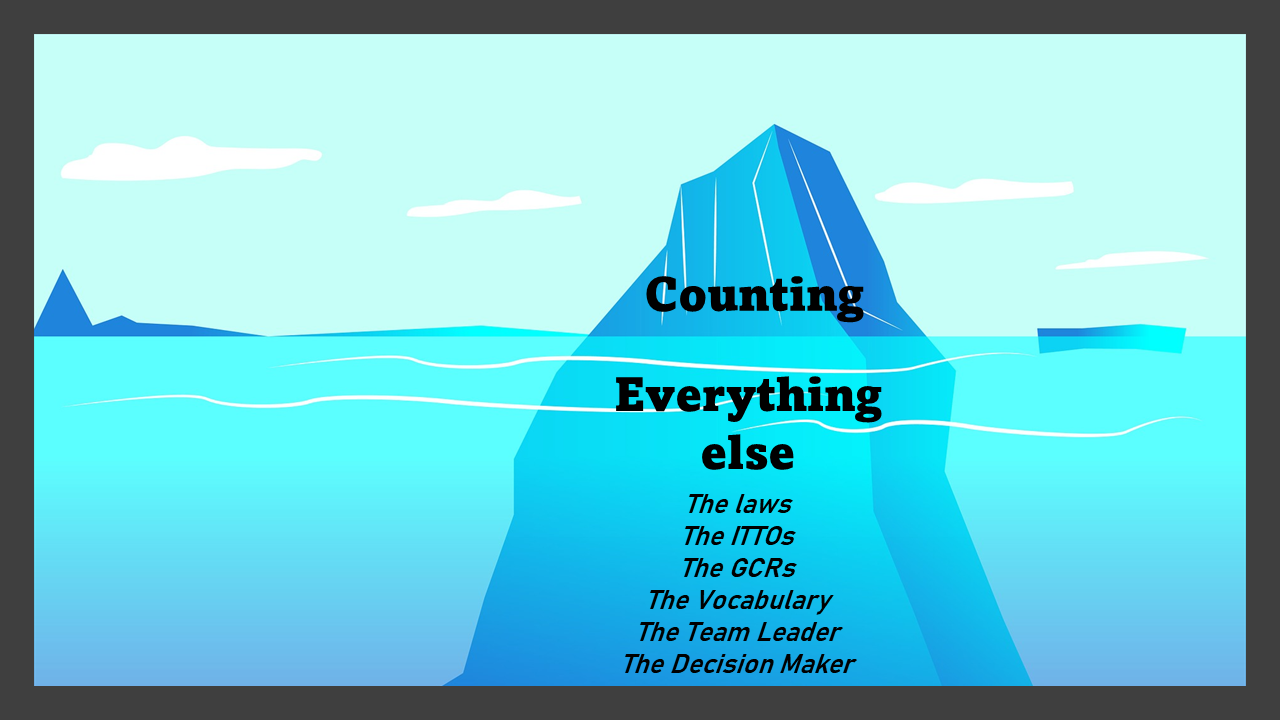
For officiating any match of any sport, one has to be fully conversant with the laws of the game. It should consist of knowing them and understanding the intent of those laws so that implementing them and using them as and when required becomes easier. Badminton is the fastest racquet sport on this planet. The actions happening on the court take place in split seconds, and as an umpire, you have got to be aware of what is happening at every moment. The moment you miss a particular incident, you lose credibility in the eyes of the players and the audience. Any delay in making any decision exposes your vulnerability. One wrong decision can turn the outcome of the match. For higher-level tournaments, the stakes of the players and their coaches are very high. You, as an umpire, are sitting there on that high chair to ensure that the game is played fairly. You have got to uphold the laws of Badminton and fairness and when the action on the court is happening thick and fast you have got to be on the ball, well in this case probably on the shuttle.
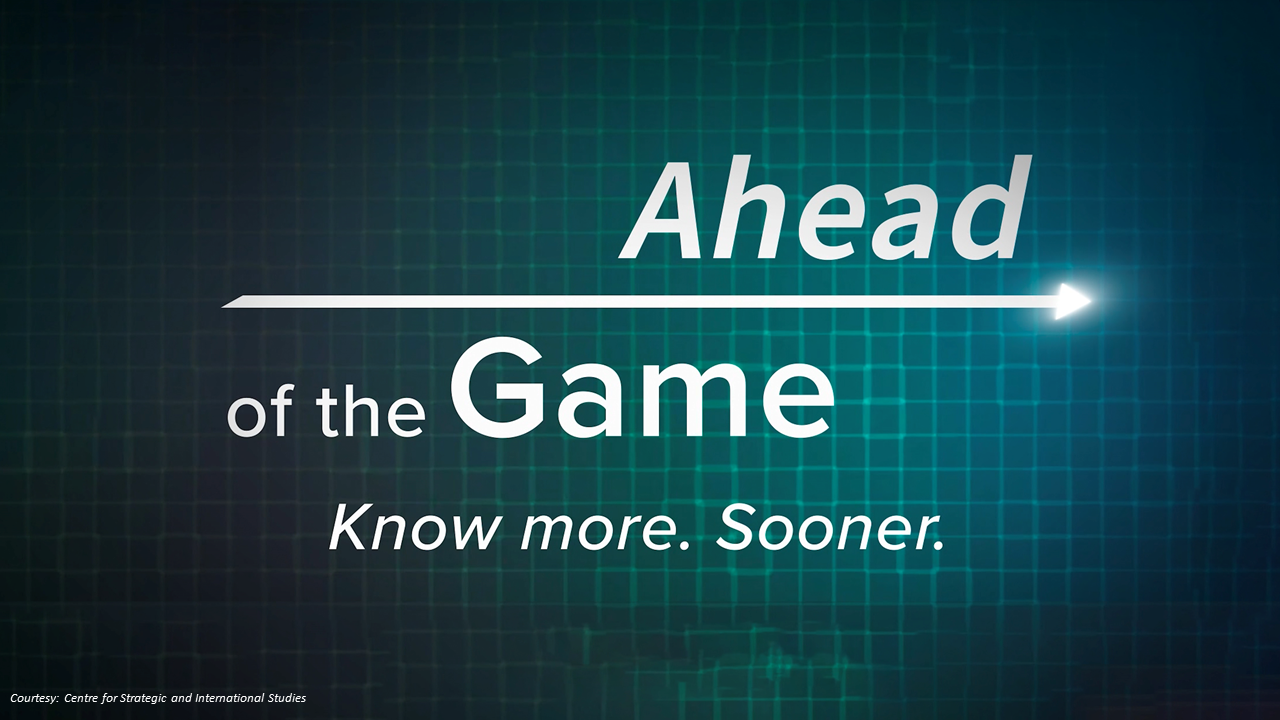
One of the very senior and well-respected umpires taught me that you have got to be ahead of the players as an umpire. You have got to read the game much before them. With high stakes and high speed comes high emotions. For reaching such high levels, the players and their coaches have put in years of practice. Therefore, as an umpire, one has to be on the top of the game. You have got to be fair, but also, you should not be seen as too officious. The game is for the players. Therefore, there are certain human elements that you have to display. In these high octane, high energy matches, there may be instances when the players play long rallies leading to exhaustion. So one has to consider allowing the players for a quick towel or a quick drink - one cannot be officious by just sticking to the rules that play has to be continuous. Of course, it has got to be continuous but again as I said some human element has to be shown by the umpire.
With higher stakes involved, in addition to Badminton, the players also, unfortunately, start playing mind games. As an umpire, you have to spot these well in advance and deal with them appropriately. There may be hundred other things that may be going on in your mind, i.e. the score, the long rally, the outcome, you may probably have messed up at the toss, and that may be playing on your mind and many other things - what this role demands is to let the bygones be bygones and force yourself to be in the moment. All the laws and the associated instructions and vocabulary should be so internalised within you that they have got to be second nature, and your decisions should come out naturally and instantly. For average smashes of around 200 mph, you get only 0.15 seconds to react and make your decision. It has got to be instant, decisive and correct. The classic case when these reflex decisions are crucial is in doubles matches. One such point would be when the shuttle very lightly flicks through the racquet of one player, and their partner hits the shuttle as if nothing has happened. In technicality, it is a fault, and the umpire should straight away call it a fault and halt the rally.
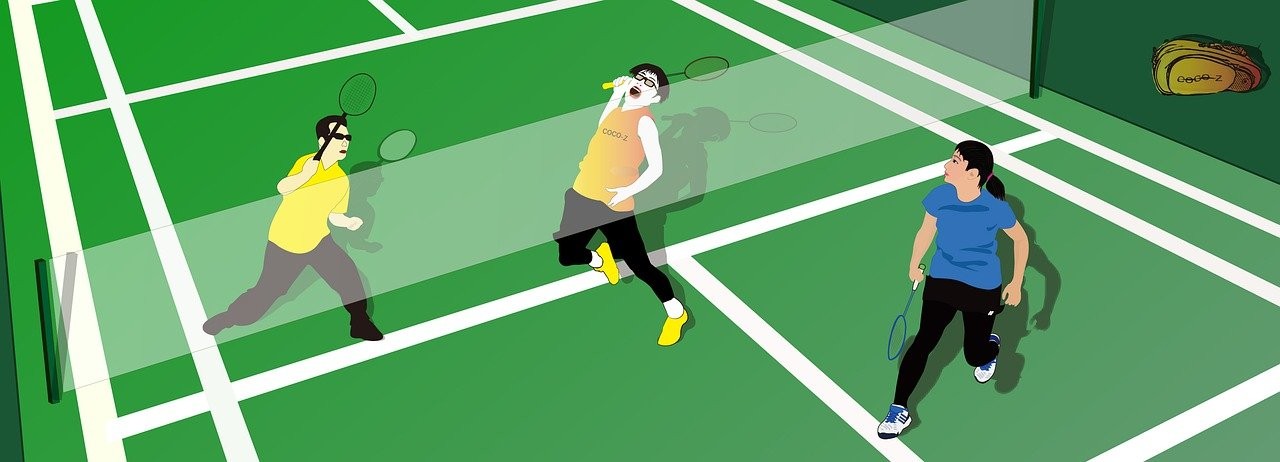
Other times when crucial decisions are to be made are when the players play net game, i.e. one player will play the shuttle very near the net, and their opponent also returns it closer to the net and so on. There is a high likelihood of either one of the players touching the net or inadvertently hitting the shuttle before it has crossed the net in these rally exchanges. In either case, the umpire has to have a sharp vision to capture what is happening and call a spade a spade when it happens. If called firmly and quickly, most players will accept your decision, but some will blast out on you in the wake of the emotions. That is when you have got to have your confidence in your decision, be assertive, and maintain your calm and understanding. If you have established a good rapport with your service judge, then s/he may be a great help for you to arrive at your decisions.
As the levels of the tournaments go higher and higher some of these celebrity players tend to develop a bit of ego and a bit of temperament. Unfortunately, few of them think they are larger than the game itself. So all sorts of trickery and mind games come into play, especially if one is losing. In addition to ensuring fairness, the umpire also needs to ensure that the discipline is maintained and the sport is played in the right spirit. If there is any deviation, then the umpire has yellow and red cards at their disposal. Ideally, if you are on top of the game, then the need to use the cards for misconduct is scarce, but the umpire should have the courage to use them when needed.
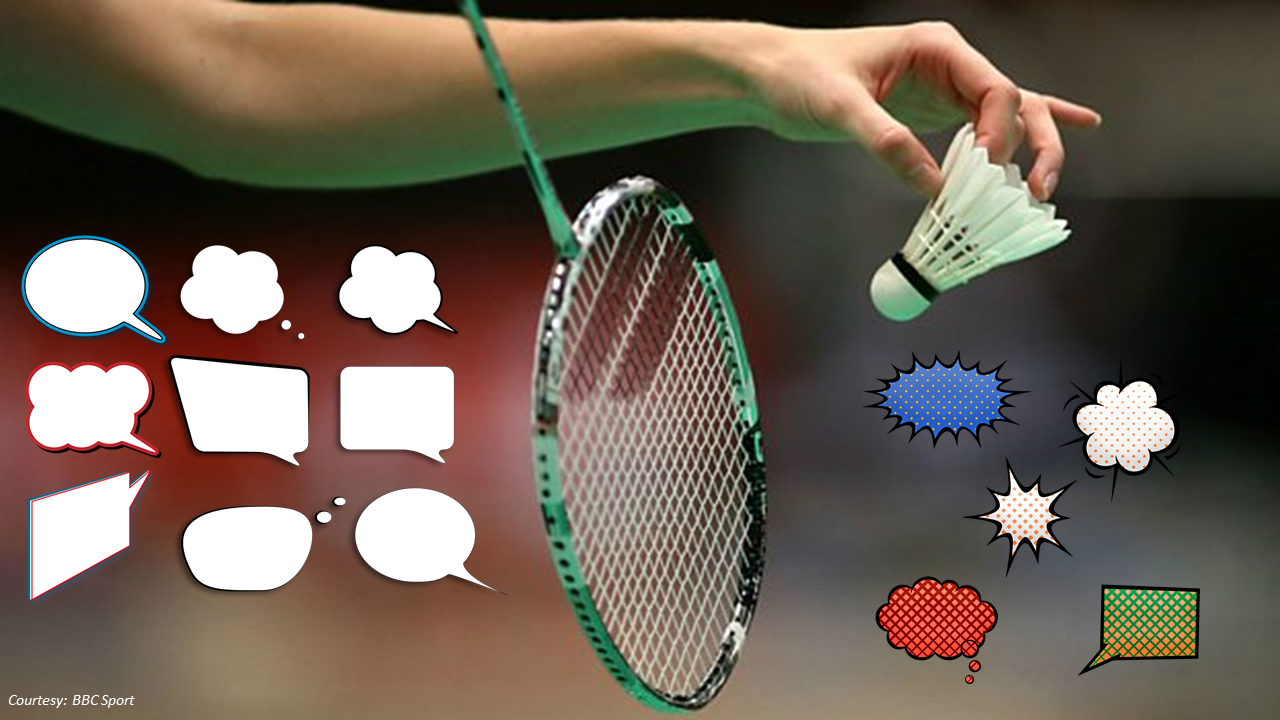
Moreover, there is a standard set of vocabulary that the umpire is supposed to memorise and use during different scenarios such as before the start of the match, during the toss, during the beginning of the match, during intervals, during games, at the end of the games/match, during disciplinary actions and so on. The total sentences that one has to know are only 252; of course, these cover most of the scenarios that may happen on the court but are not restricted to only those.
I will not enumerate all possible scenarios that might arise on the field because they can be endless. But last and not least, it is essential to mention that the umpire should be an effective team leader when s/he is on the field of play. Their team consists of service judge, line judges and other court attendants working during the match. You should be acknowledging the difficult decisions your team officials make in terms of close line calls, service faults and the rest. They are your eyes and ears, and you have to protect them from any possible aggression from the players. You should not be tolerating any abuse that may be hurled at any of your officials at any time. Maintaining regular eye contact with them and establishing that rapport is very important, especially when it comes to noisy matches with thousands of spectators cheering the players.
Whilst all of this is happening, the essential thing the officials need to maintain is the presentation of the sport; then this can be in the form of overall officiating the proceedings, the walk-on/walk-off procedures, the correct and clear announcements, maintaining the calm demeanour, and remembering that the sport is for the players.
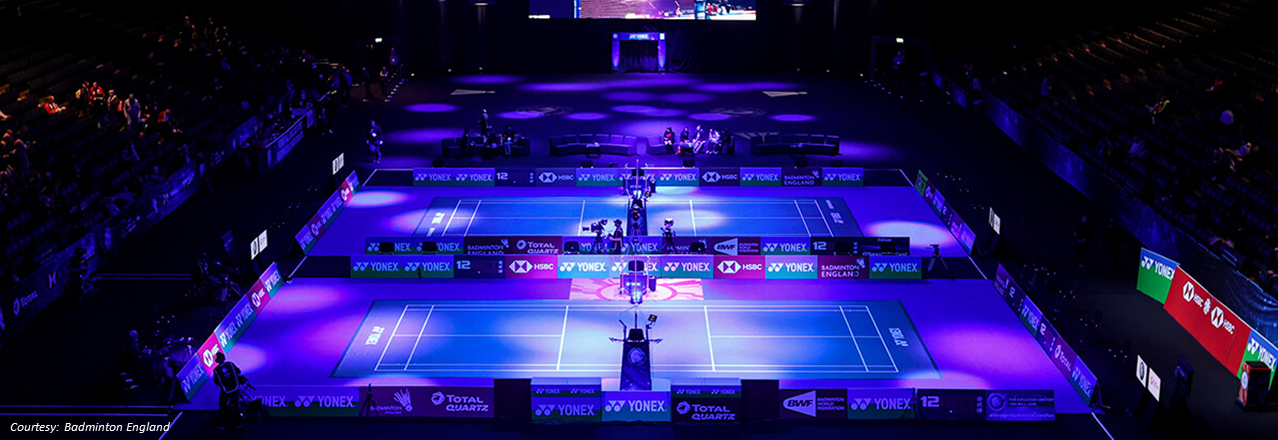
I am sure that after knowing various umpiring aspects mentioned above (such as total knowledge and command over all the laws, instructions to officials, vocabulary, mind games, court awareness, discipline, instant decision making coupled with humility, humour and humanness), you will now not say that Badminton umpiring is anything but just score counting!